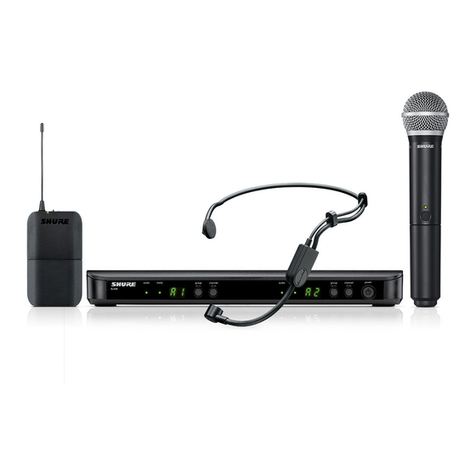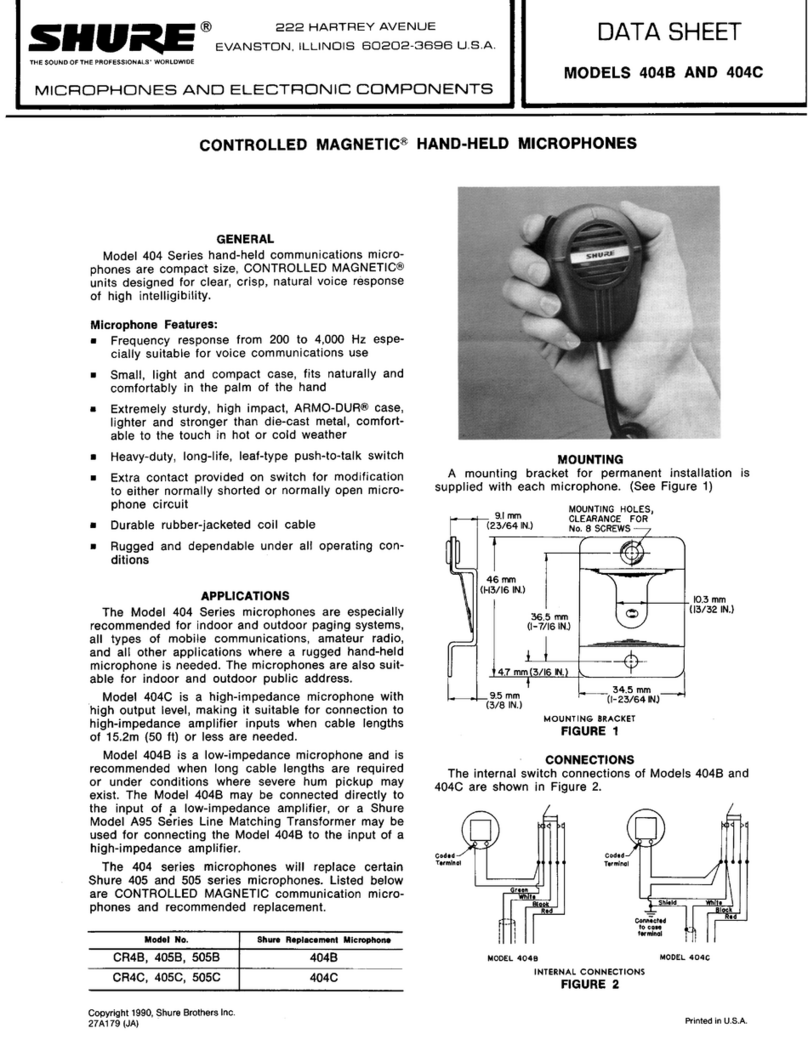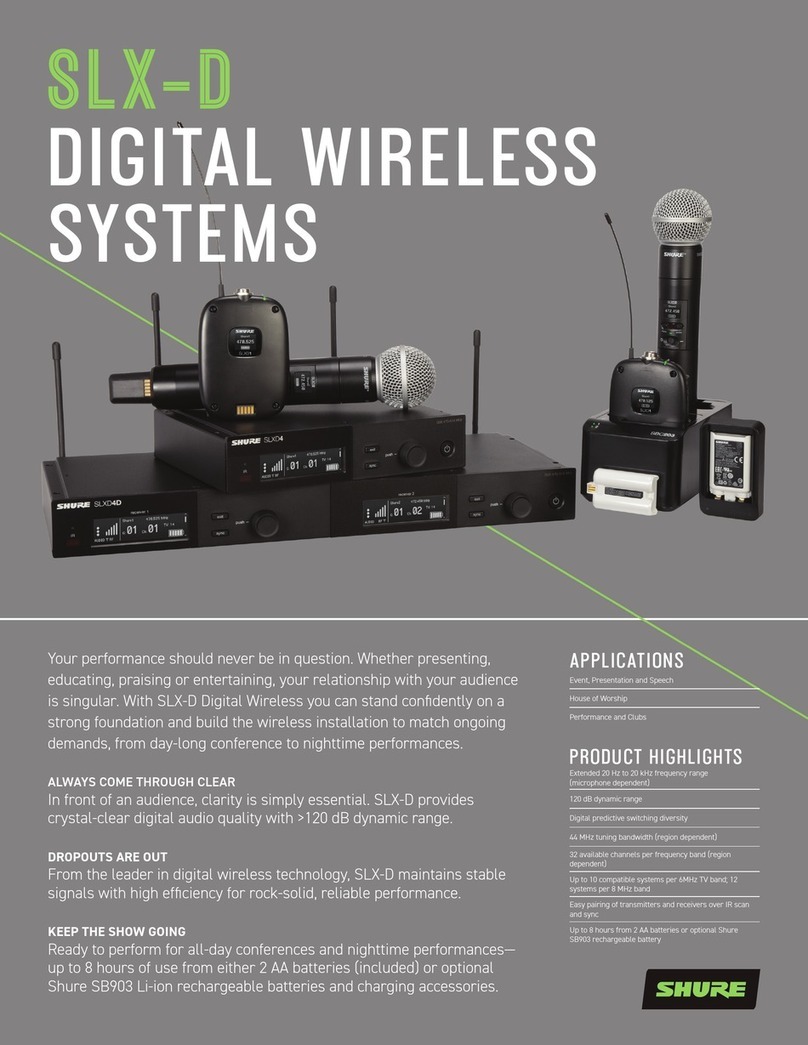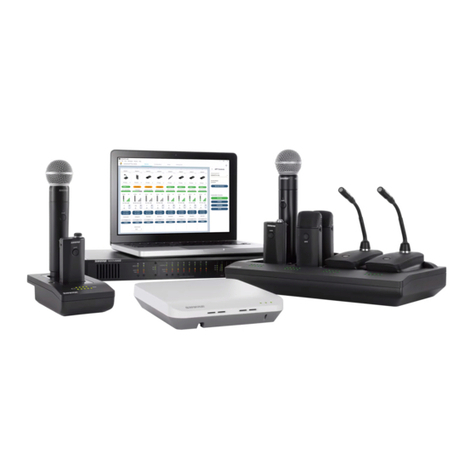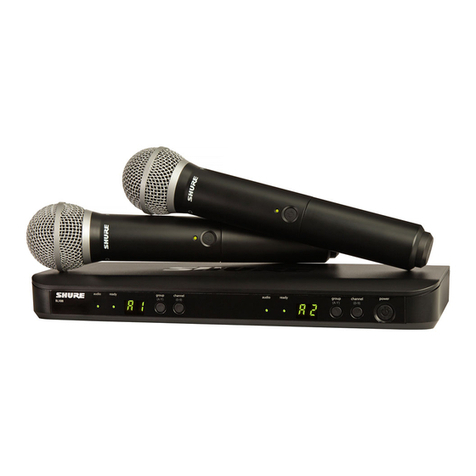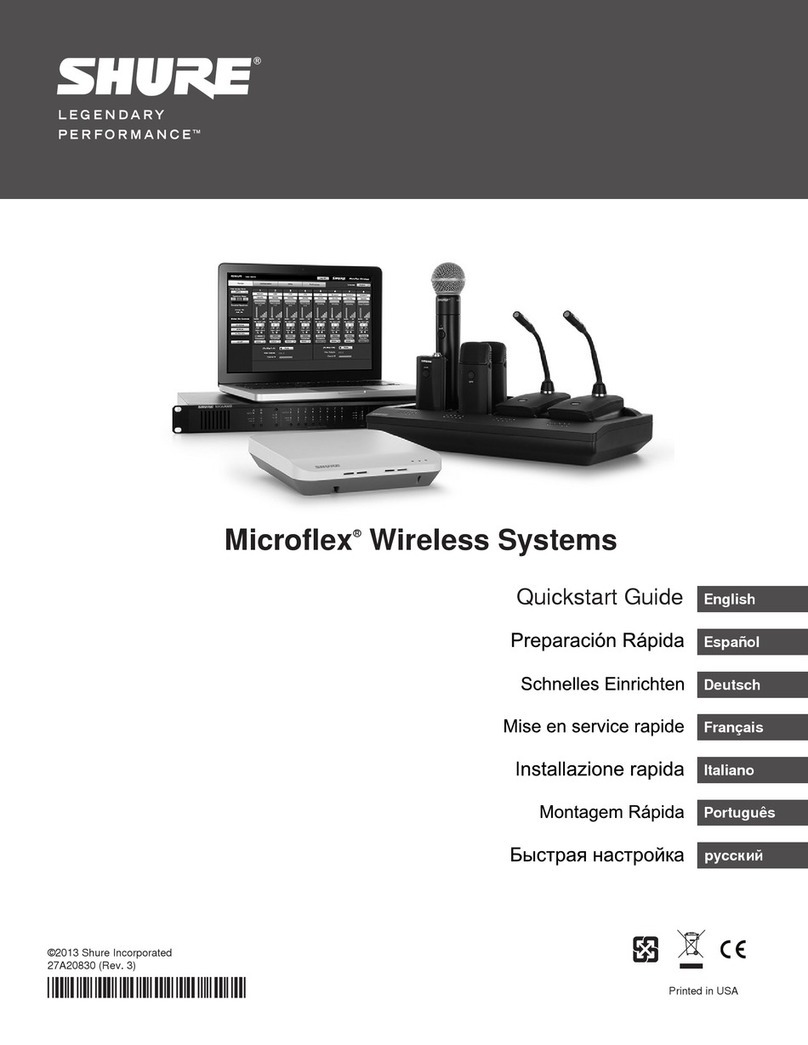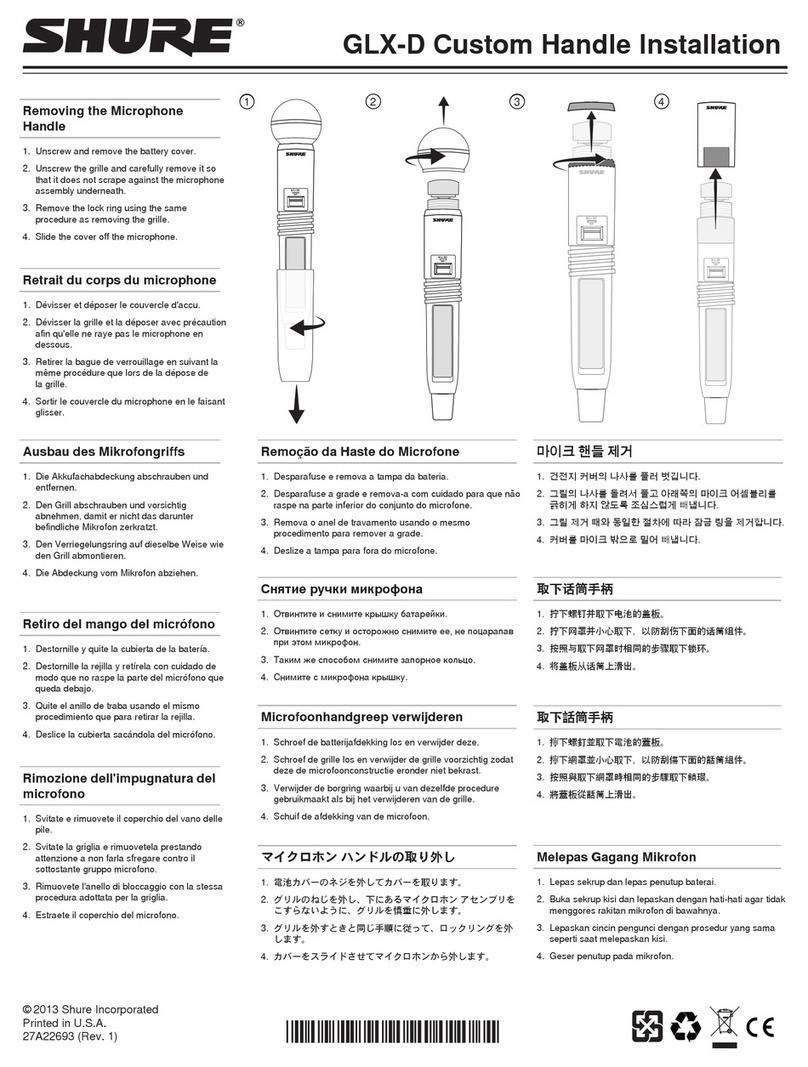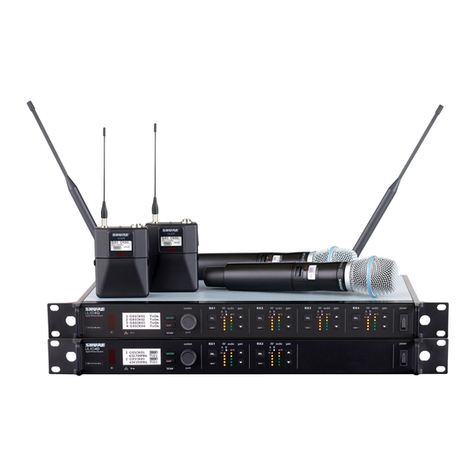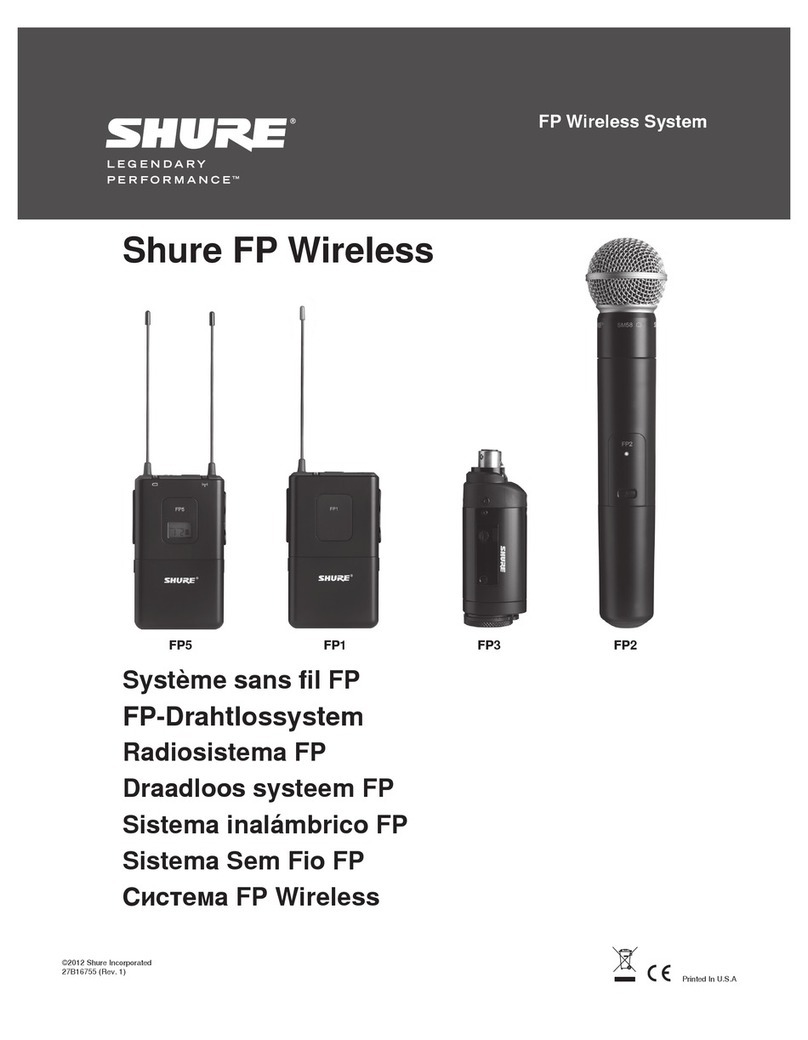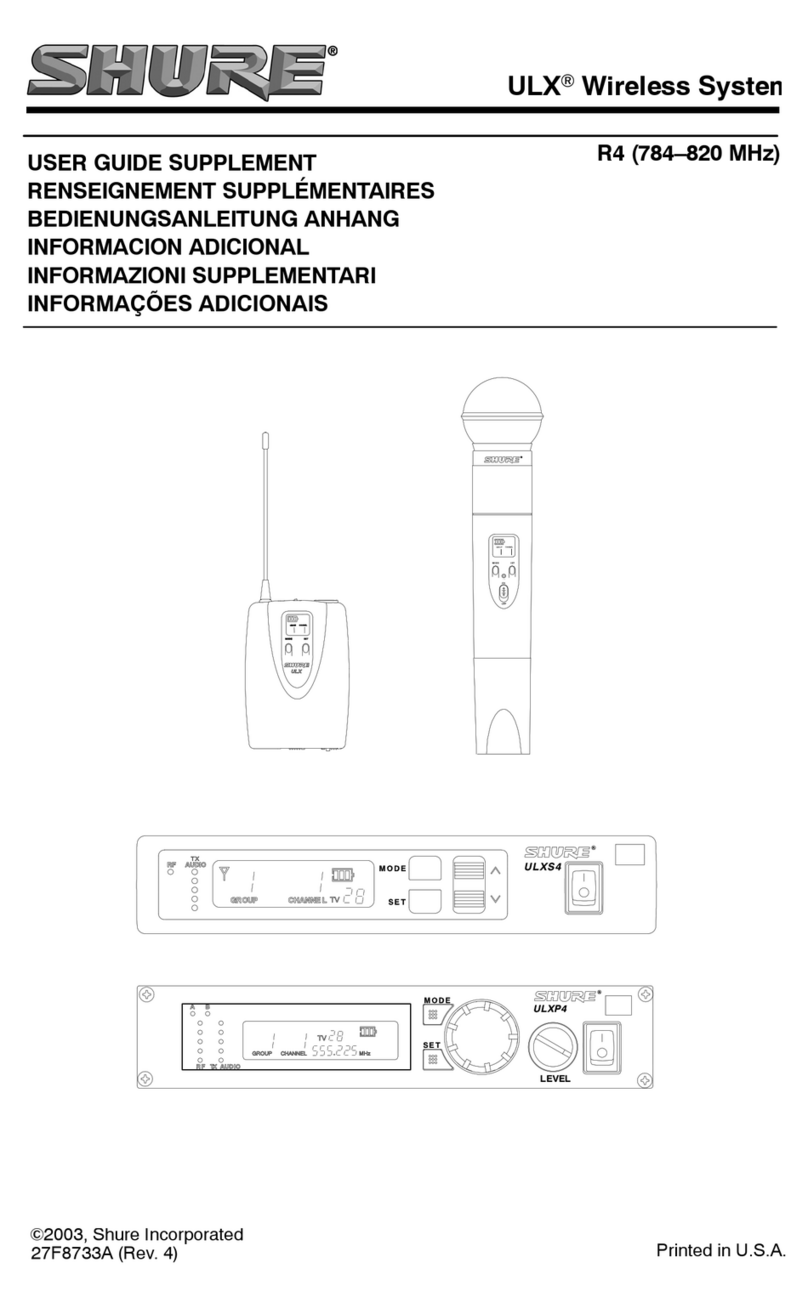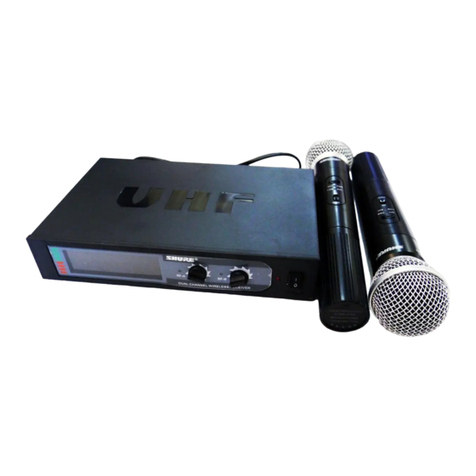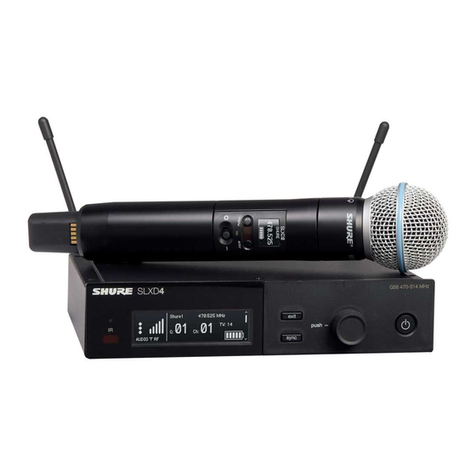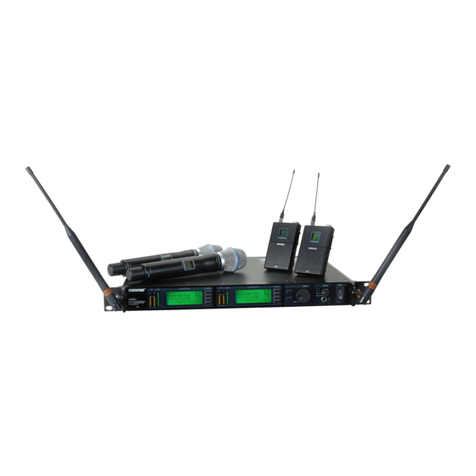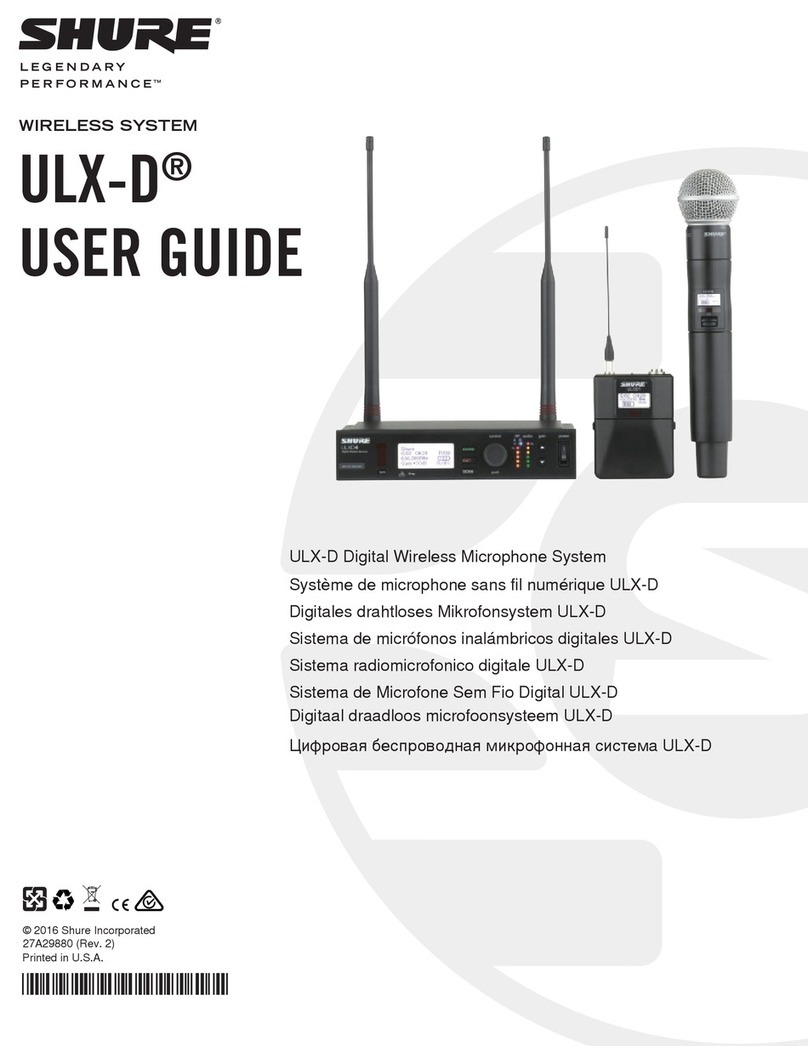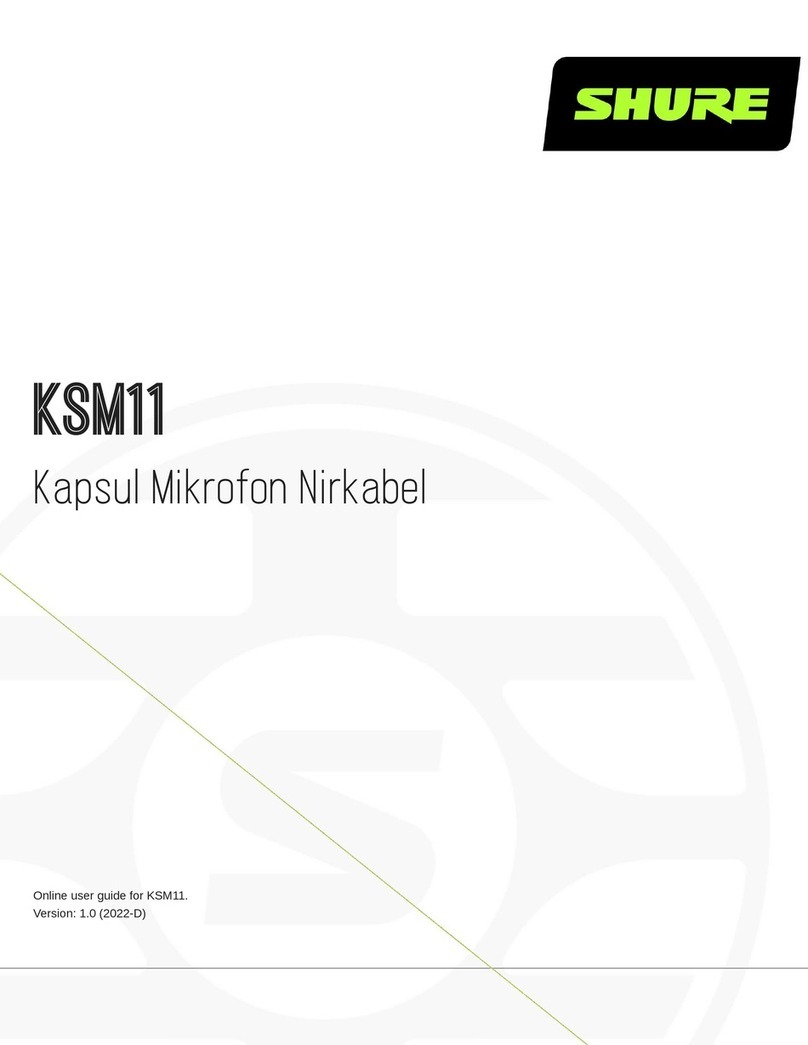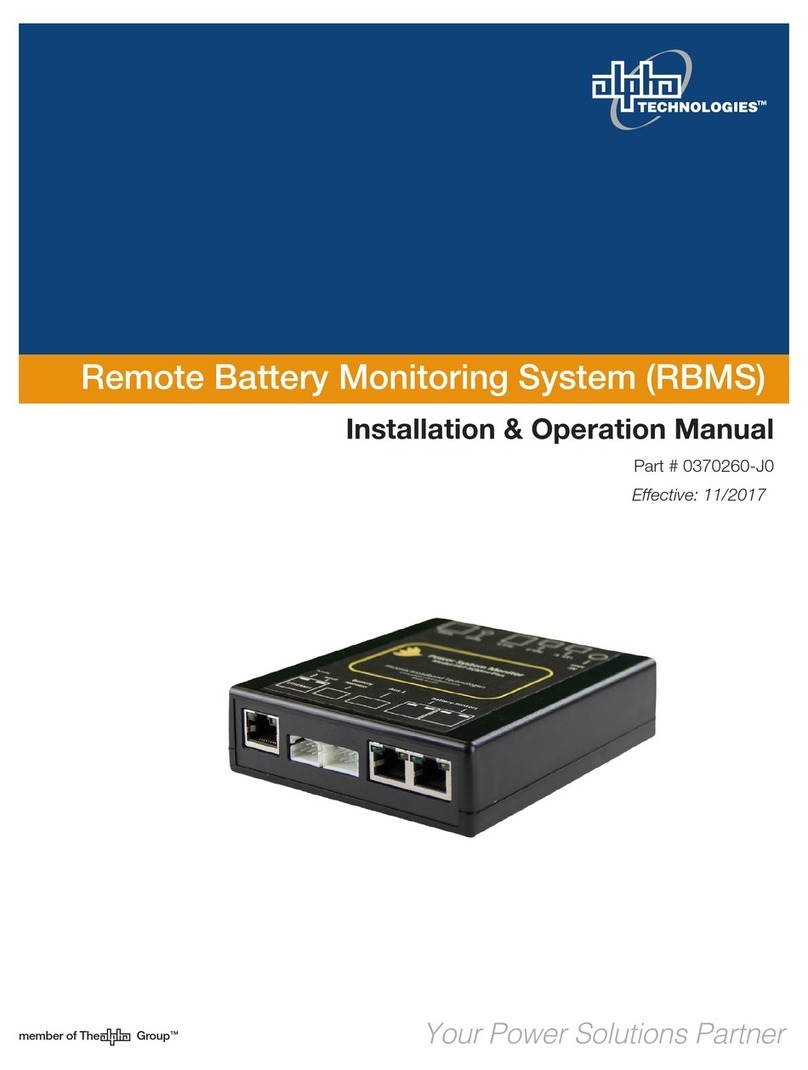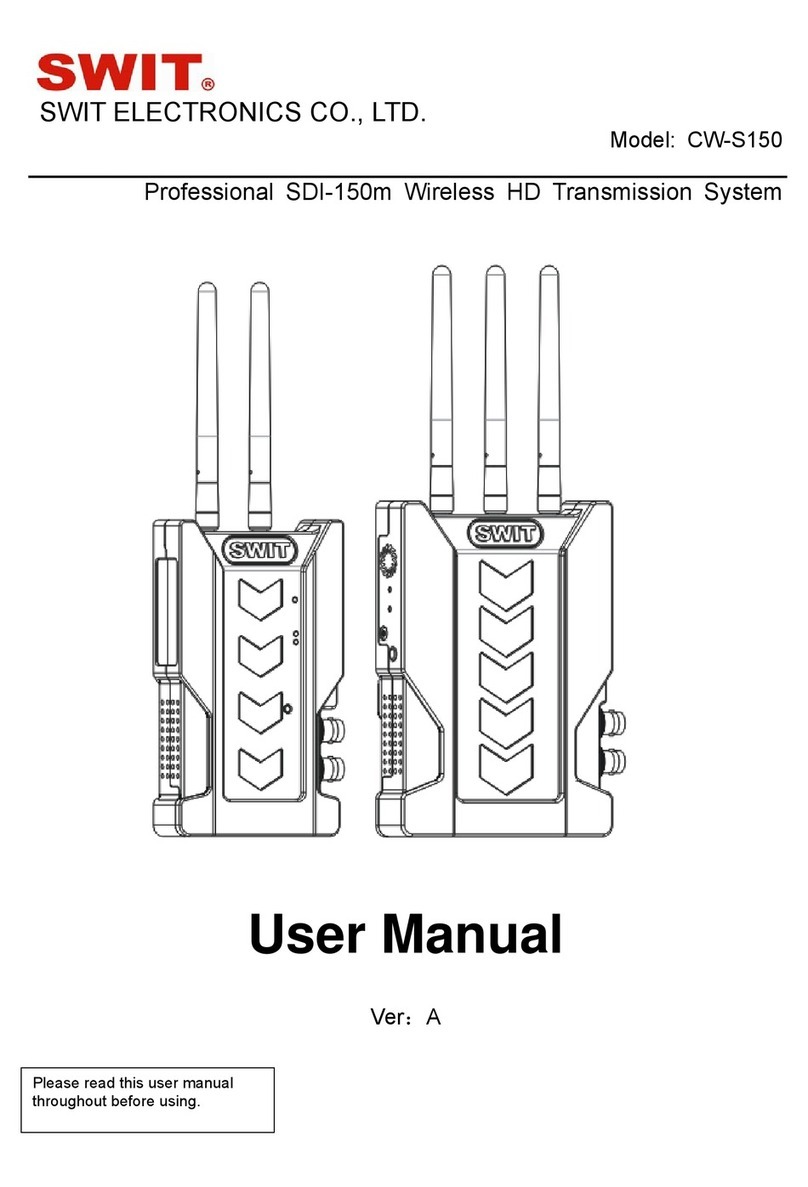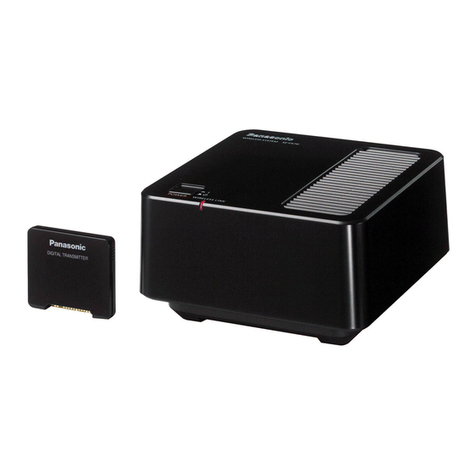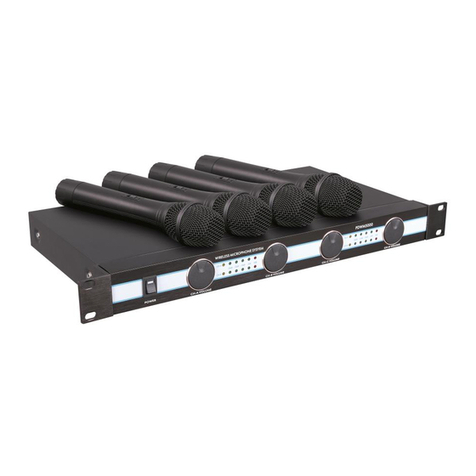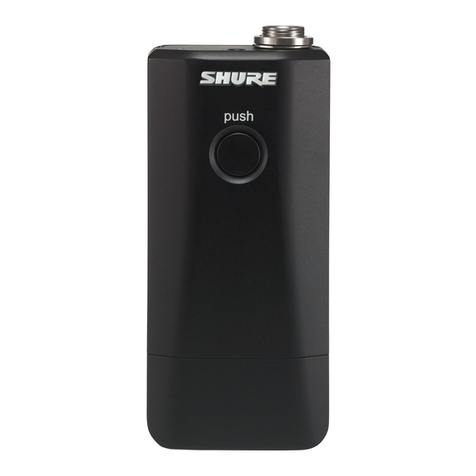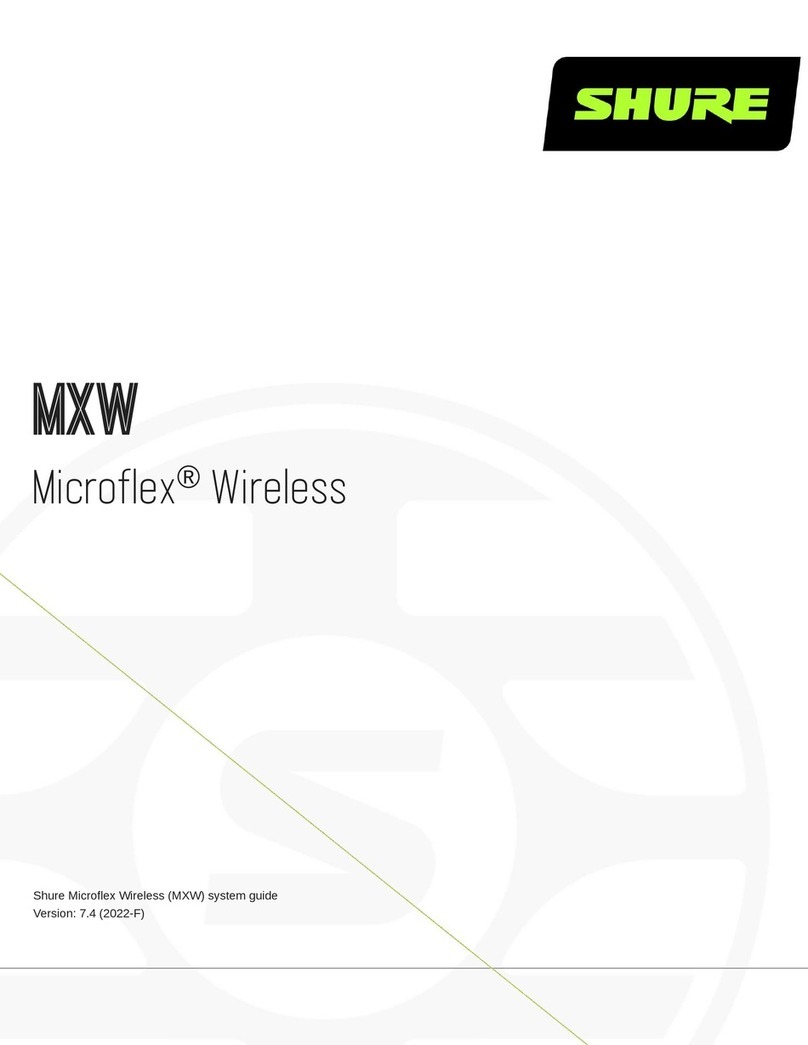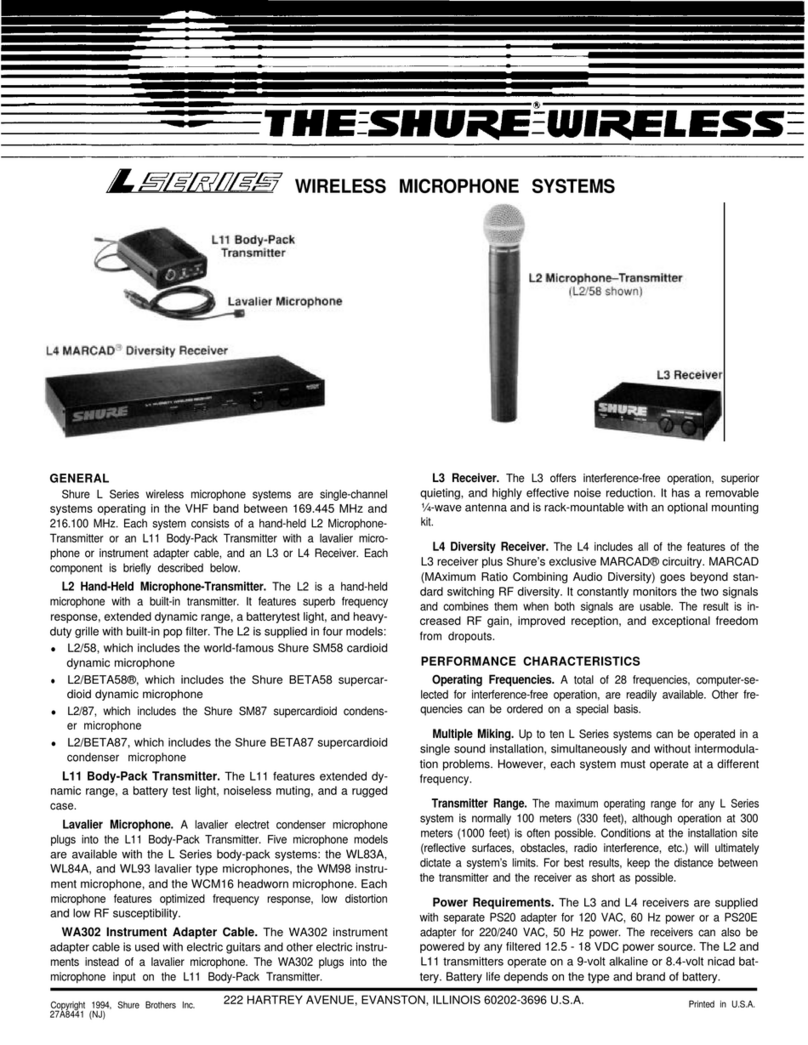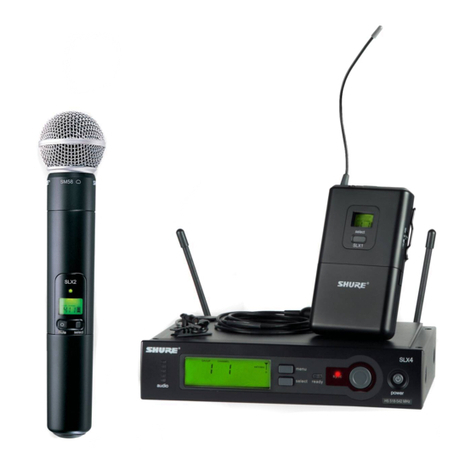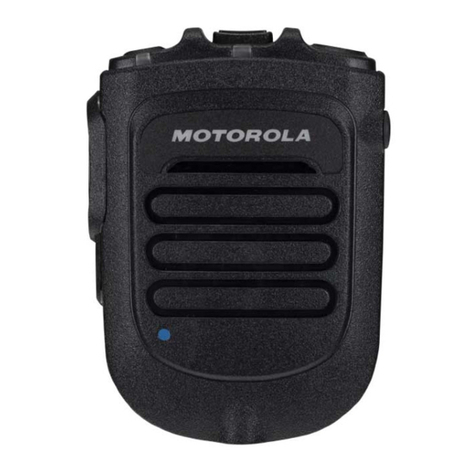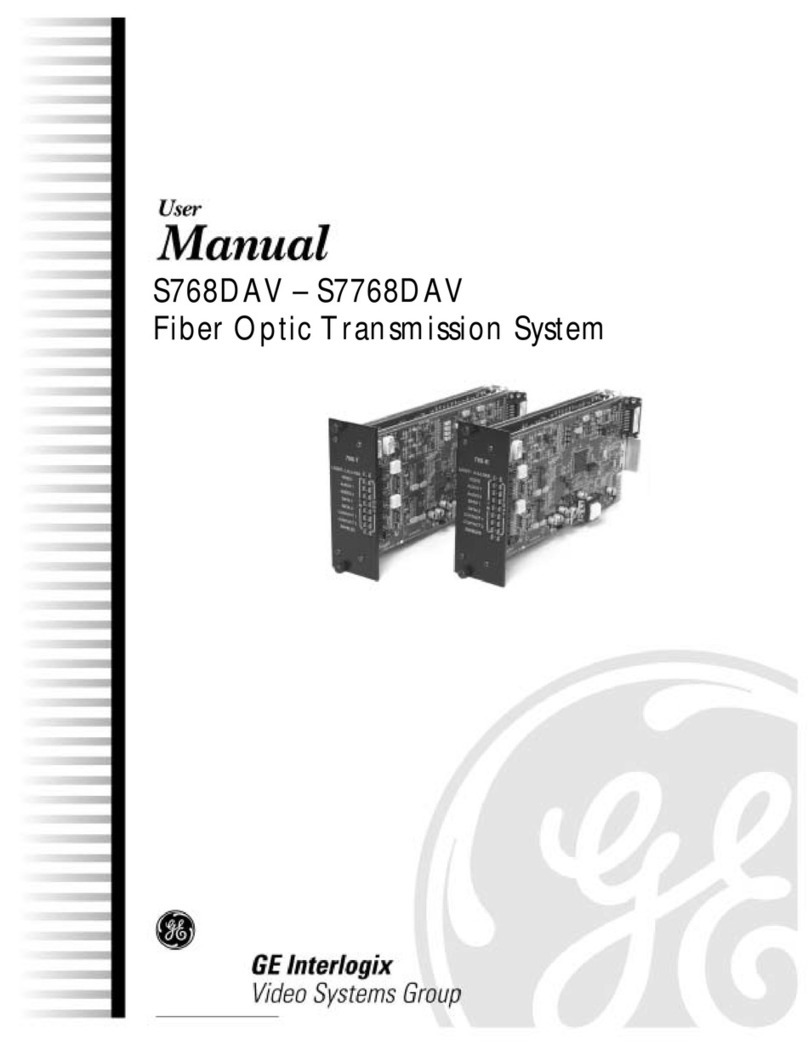
IMPORTANT SAFETY INSTRUCTIONS
1.
READ
these instructions.
2.
KEEP
these
instructions.
3.
HEED
all
warnings.
4.
FOLLOW
all
instructions.
5.
DO
NOT
use this apparatus near
water.
6.
CLEAN
ONLY
with
dry
cloth.
7.
DO
NOT
block
any
ventilation openings. Allow sufficient distances for adequate ventila·
lion
and
install
in
accordance
with
the manufacturer's instructions.
8.
DO
NOT install near
any
heat
sources
such
as
open
flames,
radiators, heat registers,
stoves,
or other apparatus (including amplifiers) that produce
heat.
Do
not place
any
open
flame
sources
on
the
product.
9
DO
NOT
defeat the safety purpose
of
the polarized or groundingtype
plug
.A polarized
plug
has
two
blades with
one
wider
than
the other.Agrounding type plug has two blades
and
a third grounding
prong
. The wider blade
or
the third
prong
are provided for your
safety
.
If
the
provided
plug
does
not
fit
into your outlet, consult
an
electrician
for
replace-
ment
of
the
obsolete outlet.
1
0.
PROTECT
the
power
cord
from
being
walked
on
or pinched, particularly
at
plugs, conve·
mence
receptacles,
and
the
point where
they
exit
from
the apparatus.
11.
ONLY
USE
attachments/accessories specified
by
the
manufacturer.
12.
USE
only
with
a
cart,
stand,
tripod, bracket,
or
table
specified
by
the manu· -
facturer, or
sold
with the apparatus.
When
a
cart
is
used,
use
caution
when
moving
the
cart/apparatus combination
to
avoid injury
from
tip-over.
13.
UNPLUG
this
apparatus during lightning storms or
when
unused
for
long
periods of
time.
CONSIGNES DE SECURITE IMPORTANTES
1.
LIRE
ces
consignes.
2.
CONSERVER
ces
consignes.
3.
OBSERVER
taus
les
avertissements.
4.
SUIVRE
toutes les consignes.
5.
NE
PAS
utiliser
cet
appareil
a
proximite de l'eau.
6.
NETIOYER UNIQUEMENT
avec
un
chiffon
sec.
7.
NE
PAS
obstruer
les
ouvertures de ventilation. Laisser
des
distances suffisantes pour
permettre
une
ventilation adequate et effectuer !'installation
en
respectant
les
instructions
du
fabricant.
8.
NE
PAS
installer
a
proximite d'une source de chaleur telle qu'une flamme
nue,
un
radiateur,
une
bouche
de
chaleur,
un
poele
ou
d'autres appareils (dont les amplificateurs)
produisant
de
Ia
chaleur.
Ne
placer aucune source
a
flamme
nue
sur
le
produit.
9.
NE
PAS
deteriorer
Ia
securite
de
Ia
fiche polarise&
ou
de
Ia
fiche
de terre.
Une
fiche
polarise&
comporte deux
lames
dont l'une est plus large que l'autre.
Une
fiche
de
terre
compo.rte
deux lames
et
une
troisieme broche de mise
a
Ia
terre.
La
lame
Ia
plus large
ou
Ia
tro1su~~e
broche assure
Ia
securite de l'utilisateur.
Si
Ia
fiche fournie
ne
s'adapte
pas
a
Ia
pnse electnque, demander
a
un
electrician
de
remplacer
Ia
prise hors
normes.
10.
PROTEGER
le
cordon d'alimentation
afin
que personne
ne
marche dessus et que
rien
ne
le
pince,
en
particulier
au
niveau
des fiches,
des
prises de courant
et
du point de sortie
de l'appareil.
11.
UTILISER UNIQUEMENT les accessoires specifies par
le
fabricant. -
12
.
UTI
USER uniquement
avec
un
chariot,
un
pied,
un
trepied,
un
support
ou
une
table specifie par
le
fabricant
ou
vendu avec l'appareil.
Si
un
chariot
est
utilise,deplacer !'ensemble chariot·appareil avec precaution afin de
ne
pas
le
renverser,
ce
qui pourrait entrainer des blessures.
INSTRUCCIONES IMPORTANTES DE SEGURIDAD
1.
LEA
estas instrucciones.
2.
CONSERVE estas instrucciones.
3.
PRESTE
ATENCION a
todas
las
advertencias.
4.
SIGA
todas las instrucciones.
5.
NO
utilice este aparato cerca del
agua.
6.
LIMPIE
UNICAMENTE
con
un
trapo
seco.
7.
NO
obstruya ninguna de las aberturas
de
ventilaci6n.
Deje
espacio suficiente para
proporcionar ventilaci6n adecuada e instate los equipos
segun
las instrucciones del
fabricante.
8.
NO
instate
el
aparato cerca de fuentes de calor tales como llamas descubiertas, radiad·
ores, registros de calefacci6n, estufas u otros aparatos (incluyendo amplificadores)
que
produzcan calor.
No
coloque artrculos
con
llamas descubiertas
en
el producto.
9.
NO
anule
Ia
funci6n de seguridad del enchufe polarizado o
con
clavija de puesta a tierra.
Un
enchufe polarizado tiene
dos
patas,
una
mas
ancha que
Ia
otra.
Un
enchufe
con
pu·
esta atierra tiene dos
patas
y
una
tercera clavija
con
puesta a tierra.
La
pata
mas
ancha
o
Ia
tercera clavija
se
proporciona para
su
seguridad.
Si
el
tomacorriente
no
es
del tipo
apropiado para
el
enchufe, consulte a
un
electricista para que sustituya
el
tomacorriente
de estilo anticuado.
10.
PROTEJA
el
cable
etectrico
para evitar que personas
lo
pisen o estrujen, particularmente
en
sus
enchufes,
en
los tomacorrientes y
en
el
punto
en
el
cual sale del aparato.
11
. UTILICE unicamente
los
accesorios especilicados por
e1
fabricante.
8
12
. UTILICE u.nicamente
con
un
carro, pedestal, trfpode, escuadra o mesa del
t1po
especificado por
el
fabricante o vendido
con
el
aparato.
Si
se
usa
un
carro,
el
mismo
debe
moverse
con
sumo cuidado para evitar que
se
vuelque
con
el
aparato.
IMPORTANTES INSTRU«;OES DE SEGURANCA
1. LElA estas instru¢es.
2.
GUARDE
estas instru¢es.
3.
PRESTE
ATENCAO a
todas
as
inst~s
.
4. SIGA todas
as
instfll9)es.
5.
NAo
use este aparelho perto de
agua.
6.
LIMPE
SOMENTE
oom
um
pano
seco
.
7.
NAO
bloqueie nenhuma das aberturas de
ventil~o
.
Deixe dist4ncias suficientes para
ventila~
adequada e instale de acordo
com
as
inst~s
do fabricante.
8.
NAO
instate pr6ximo de nenhuma fonte de calor, tais como fogo aceso, radiadores,
bocais de aquecimento, fornos
ou
outros aparelhos que produzam calor (inclusive ampli·
fi~ores).
Nio
coloque fontes de chamas sobre o produto.
9.
NAO
inutilize
as
caracterfsticas de
segura~
do conector polarizado
ou
com
pino de
aterramento.
Um
conector polarizado possui duas
lAminas
com
uma mais larga do que a
outra.
Um
conector
com
pino de aterramento possui duas
lAminas
e
um
terceiro pino de
aterramento. Efomecida uma
lAmina
mais larga
ou
o terceiro pino para a sua
segura~
.
Se
por
acaso o conector
nao
se
encaixar na tomada, chame
um
eletricista para substituir
a tomada obsoleta.
1
0. PROTEJA o
cabo
de
ali
menta~.
evitando que seja pisado
ou
que enrosque, especial·
mente
nos conectores, nas tomadas eletricas de emprego geral e no ponto
onde
etas
saem
do aparelho.
11
.
USE
SOMENTE
acess6rioslapetrechos especificados pelo fabricante. •
12.
USE
somente
com
um
carrinho, pedestal, tripe, suporte
ou
mesa
espe·
cificados pelo fabricante
ou
vendidos
com
o aparelho. Quando utilizar
um
carrinho, tenha cuidado
ao
movimentar o conjunto aparelho/carrinho para
evitar danos
com
a queda
do
mesmo.
14.
REFER
all
sefVicing
to
qualified service personnel. Servicing
is
required
when
the ap·
paratus
has
been
damaged
in
any
way,
such
as
power
supply
cord
or
plug
is
damaged,
liquid has
been
spilled or objects have fallen into the apparatus,
the
apparatus
has
been
exposed
to
rain
or
moisture, does not operate normally,
or
has
been
dropped.
15.
DO
NOT
expose
the apparatus
to
dripping
and
splashing.
DO
NOT
put
objects filled with
liquids,
such
as
vases,
on
the apparatus.
16.
The
MAINS
plug
or
an
appliance coupler shall
remain
readily operable.
17.
The
airborne
noise
of
the Apparatus does not
exceed
70dB
(A).
18.
Apparatus
with
CLASS
I construction shall
be
connected
to
a
MAINS
socket outlet with a
protective earthing connection.
19.
To
reduce the risk
of
fire
or electric
shock,
do not expose this apparatus
to
rain
or
moisture.
20.
Do
not attempt
to
modify
this product.
Doing
so
could result
in
personal injury and/or
product failure.
21.
Operate this product within
its
specified operating temperature
range.
19\.
This
symbol
indicates that dangerous voltage constituting a risk
of
~
electric
shock
is
present
within
this
unit.
A\ This
symbol
indicates that there
are
important operating
and
mainte·
~
nance
1nstruct1ons
1n
the
literature accompanying this
unit.
WARNING:
This product contains a chemical known to
lhe
State
of
California to cause cancer and birth
defects
or other reproductive
harm
13.
DEBRANCHER l'appareil pendant les orages
ou
quand
il
ne
sera
pas
utilise pendant
longtemps.
14.
CONFIER
toute reparation
a
du personnel qualifie. Des reparations sont necessaires
si
l'appareil est endommage d'une
facten
quelconque, par exemple :
cordon
ou
prise
d'alimentation endommage, liquide renverse
ou
objet
tombe
a
l'interieur
de
l'appareil,
exposition de l'appareil
a
Ia
pluie
ou
a
l'humidite, appareil
qui
ne
marche
pas
normale·
ment
ou
que
l'on
a fait tomber.
15.
NE
PAS
exposer
cet
appareil
aux
egouttures
et
aux
eclaboussements.
NE
PAS
poser
des
objets contenant de l'eau, comme des
vases,
sur
l'appareil.
16.
La
prise
SECTEUR
ou
un
coupleur d'appareil electrique doit rester facilement utilisable.
17
.
Le
bruit aerien de l'appareil
ne
depasse
pas
70
dB
(A).
18.
L'appareil
de
construction
de
CLASSE I doit etre raccorde
a
une
prise
SECTEUR
dotee
d'une protection par mise
a
Ia
terre.
19
. Pour reduire
les
risques d'incendie
ou
de
choc electrique,
ne
pas
exposer
cet
appareil
a
Ia
pluie
ou
a
l'humidite.
20.
Ne
pas
essayer de modifier
ce
produit. Cela risque de causer
des
blessures
eVou
Ia
defaillance
du
produit.
21.
Utiliser
ce
produit dans
sa
plage de temperatures de fonctionnement specifiee.
19\.
Ce
symbole indique
Ia
presence d'une tension dangereuse dans
~
l'appareil constituant
un
risque
de
choc electrique.
A\
Ce
symbole indique que
Ia
documentation fournie avec l'appareil con·
~
tient
des
instructions d'utilisation et d'entretien importantes.
13.
DESENCHUFE
el
aparato durante las tormentas electricas, o
si
no
va
a
ser
utilizado por
un
lapso prolongado.
14.
TODA reparaci6n
debe
ser llevada a
cabo
por tecnicos calificados.
El
aparato requiere
reparaci6n
si
ha
sufrido cualquier tipo de daiio, incluyendo
los
daiios
al
cord6n
o enchufe
el9ctrico,
si
se
derrama lfquido sobre
el
aparato o
si
caen objetos
en
su
interior,
si
ha
sido
expuesto a
Ia
lluvia o
Ia
humedad,
si
no
funciona
de
modo
normal, o
si
se
ha
caido.
15.
NO
exponga este aparato a charras o salpicaduras de liquidos.
NO
coloque objetos
llenos
con
lfquido, tales
como
floreros, sobre
el
aparato.
16
.
El
enchufe
de
alirnentaci6n o
un
acoplador para otros aparatos debera permanecer
en
buenas condiciones
de
luncionamiento.
17.
El
nivel
de
ruido transmitido
por
el aire del aparato
no
excede de
70
dB(A).
18.
Los
aparatos de fabricaci6n CLASE I deberan conectarse a
un
tomacorriente
de
All·
MENTACION
con
clavija de puesta a tierra protectors.
19.
Para
reducir
el
riesgo de causar
un
incendio o sacudidas etectricas,
no
exponga este
aparato a
Ia
lluvia
ni
a humedad.
20.
No
intente modificar este producto.
Hacer1o
podria causar lesiones personates
y/o
Ia
lalla
del producto.
21
. Utilice este producto unicamente dentro de
Ia
gama
de temperaturas de funcionamiento
especificadas.
19\.
Este
simbolo indica que
Ia
unidad contiene niveles de voltaje peligrosos
~
que representan
un
riesgo de choques etectricos.
A\
~te
~fmbolo
.indica.
que
Ia
literatura
que
a~iia
a esta unidad con·
~
tiene
1nstruCC10118s
1mportantes
de
fur1C10nam1ento
y mantenimiento.
13.
DESLIGUE este aparelho da tomada eletrica durante tempestades
com
reiAmpagos
ou
quando niio seja utilizado
por
Iongo
periodo.
14.
DEIXE toda a
manute~
sob
a responsabilidade de uma equipe de
manute~
qualifiCada.
Enecessaria realizar a
manut~o
quando por
algum
motivo o aparelho
liver sido danificado de alguma forma, como por exemplo pordana do
cabo
de alimen·
t~
eletrica
ou
do
seu
conector, por derramamento de lfquido
ou
quada
de
objetos
no
aparelho, se o aparelho liver sido exposto
a
chuva
ou
a
umidade,
nio
esteja operando
normalmente
ou
tenha solrido queda.
15.
NAO exponha o aparelho a respingos
ou
goteiras.
NAO
coloque objetos cheios de
liquidos, tais
como
vasos, sobre o aparelho.
16.
0 plugue MAINS (rede eletrica)
ou
um
acoplador de aparelho deve estar
sempre
pronto
para
opera~o.
17.
0 rufdo aereo do Aparelho
nio
ultrapassa
70
dB
(A).
18.
0 aparelho
com
const~o
CLASSE
Ideve estar conectado
a
tomada da
rede
eletrica
oom
lig~o
a
terra.
19.
Para reduzir o risco de inc6ndio
ou
choque eletrico,
nao
exponha este aparelho
a
chuva
ou
umidade.
20
.
Nio
tente alterar este produto. lsso podera resultar
em
lesio
pessoal
e/ou
falha do
produto.
21
. Opere este produto dentro da faixa de temperatura
de
oper~
especificada.
19\.
Este
simbolo indica que existe nesta unidade tensao perigosa que
~
apresenta risco de choque eletrico.
A\
Este
sfmbolo
i~ica
que existem instru¢es
opera~o
e
manuten~o
~
1mportantes
na
hteratura que acompanha esta unidade.
